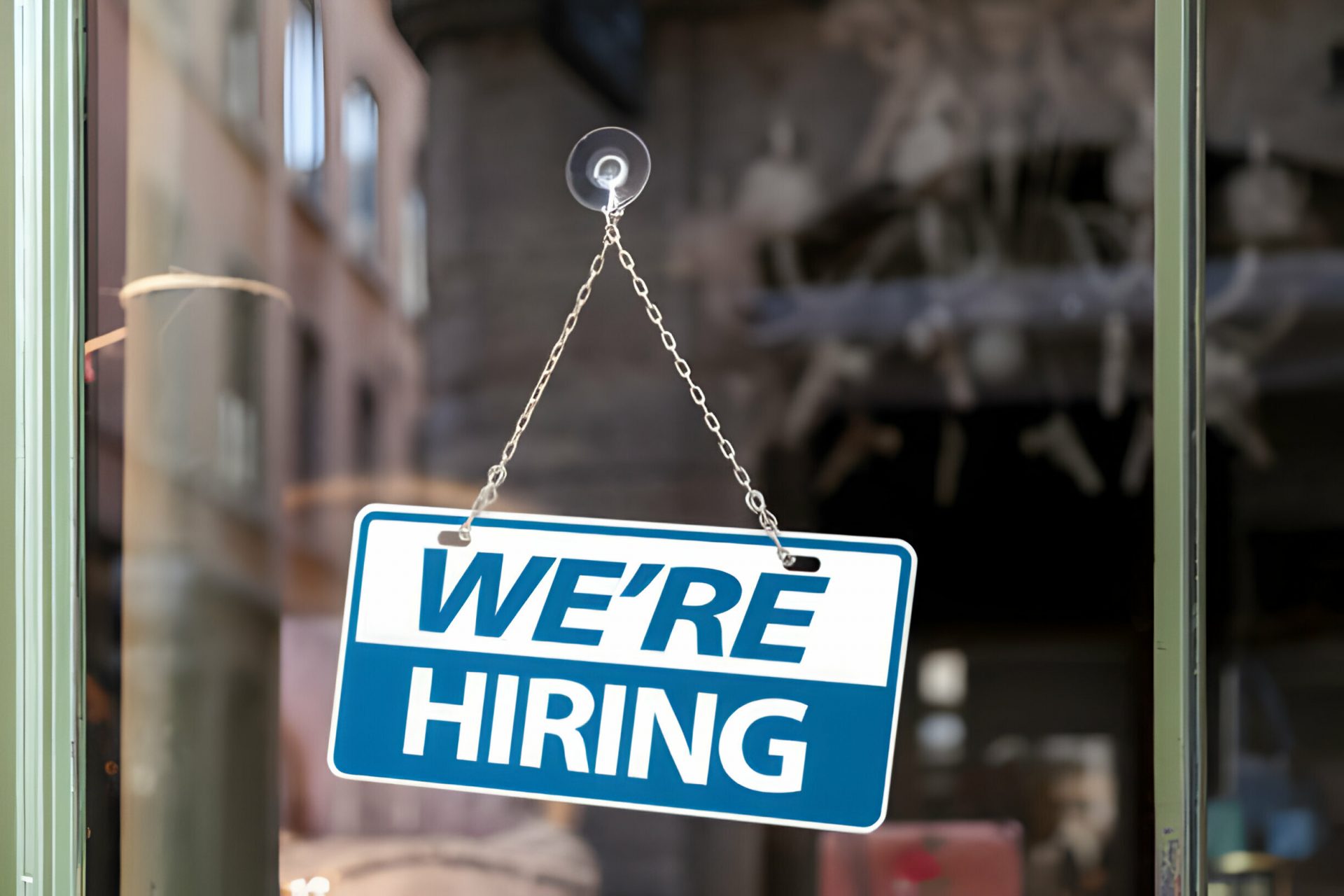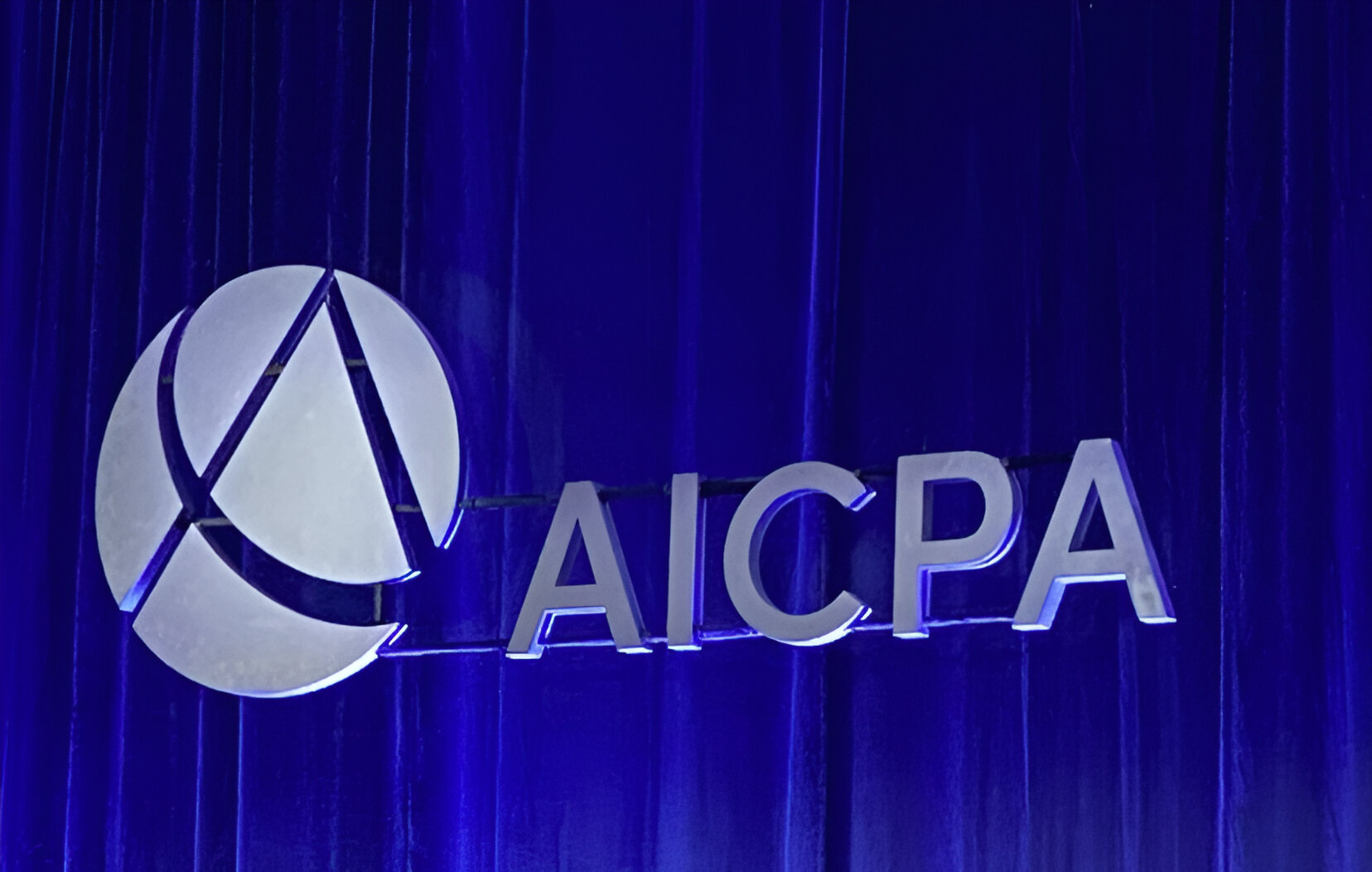In the last few years, it has been common for companies to treat, what would otherwise be employees, as contractors. The reason, is simple. As an employee of a company, the employer has to withhold 7.65% in FICA from their employees. In addition, the company on its own dime, must match the FICA withheld, and submit these taxes regularly to the IRS. In addition, companies that offer employee benefits, such as health insurance, retirement plans, etc., must include their employees in these programs. These added expenses either cause the company to raise prices, or absorb the costs as a cost of doing business.
The IRS, has very strict rules deeming which people are employees and ones that are not. The tests are rather simple to follow. They all boil down to whether the employer has “control” over the employee. In a nutshell, if control is exerted by the employer, then an employee/employer relationship has been established.
A contractor is considered self-employed. For example, I am self-employed. I set my own hours, determine my fees, use my own equipment, purchase my own malpractice insurance, and my clients do not expect me to be at their office at 9 am every morning. I offer my services to the public at large.
In the past few years, many companies have treated, what are actual employees, as subcontractors. Typically, these are obvious situations, and there is recourse for the contractor that has actually been treated as an employee. At tax time, the “contractor” files Form SS-8, with their return, and the IRS will determine the status of the employee or if they are actually a contractor. When filing Form SS-8, the employee must pay their portion of FICA, and the IRS will determine who pays the other portion.
I have been in practice for almost 26 years. My first 20 years or so in practice, I filed Form SS-8 a handful of times. However, in the past six years or so, I am filing at least seven to ten of these forms a year. I have concluded the reasoning for the increase in the filings of these forms is due to the “Gig Economy,” or companies that feel Gig Economy Companies get away with treating their workers as contractors, why can’t they?
Four years ago, I took this dilemma head on. For four months, incognito, I became an Uber and Lyft driver. My reasoning was to see if I was treated as an employee, or an actual contractor. I wrote an article, and determined these ride share services were treating their drivers as contractors. My conclusions were based on the fact that I was never told when to work, never told how to work, provided my own vehicle, and other things.
———
When I was a driver, I joined a driver forum on FaceBook. When I was a driver I would use this forum a lot. However, since my experiment ended, I occasionally check this forum, just to see what is going on. In four years, both Uber and Lyft have changed their platforms and payouts for drivers. For example, when a rider requests a ride, these ride share services collect the money, and give a percentage to the driver. In theory, there is nothing wrong with that, however the payouts to drivers have decreased an average of 20%. Further, Uber, specifically, used to give drivers incentives to drive in certain areas by using something called “surges.” These surges were the result of a lot of riders requesting rides in a certain area, and there not being enough drivers to accommodate the demand. Sometimes, the need for drivers was so extreme, Uber would raise their prices by ten times the original price, and give the driver more money than usual to pick these riders up in these locations and deliver them to their destination.
However, surge pricing has changed for Uber. Mainly because Lyft would be cheaper. As a consequence, Uber’s fees for surges would be less, therefore the payouts to drivers would be less. This caused an uproar with most drivers. However, it just led to them complaining in the groups, and not much more. On the surface, this is just capitalism at work. When there is competition, and your competitor lowers their prices, all things remaining the same, you as a business have to do the same thing.
According to CBS News, to protest these pay cuts for drivers, drivers of these ridesharing services are planning strikes in many major cities. Some strikers are demanding an hourly wage of $28. The drivers claim this amount was derived as an hourly wage of $17 an hour, with the rest to be used as gas and tolls.
However, something odd has happened recently. In the last few months Lyft went public. When a company goes public a stock price called an Initial Price Offering (IPO) is set. The IPO price is mainly limited to certain institutional investors and other companies. It is extremely rare for an individual to be allowed to buy the stock at the IPO price. Most IPO prices are set by the brokerage firms handling the IPO. When the day comes that the stock is listed on the exchange, the price of the stock offered to the public is more than the initial IPO price.
It is typical for companies going public to offer these IPO prices to their employees. The reasoning, is that most of these employees accept a lower salary, and the incentive of the IPO is a way for the company to make up for the reduced salary. However, here is where it goes sideways, when Lyft went public, they offered their drivers a “cash incentive,” based on the amount of rides the driver had performed, to purchase the stock at the IPO price, before it went public. The driver could either pocket the cash, or Lyft would refer them to the brokerage house handling the IPO to purchase shares at the IPO price. Not to be outdone, Uber is set to public in May, and has done the same for its drivers that Lyft did.
———
You may be asking yourself, “What’s the problem with this?” Let’s go back to my example. I am truly self-employed. In all my years in practice, a handful of my clients have gone public. I was never offered a “bonus” that could be used to buy their stock at the IPO price. I imagine, if I asked to buy at the IPO price, it would be in lieu of my fee, and not given to me as a bonus. The main reason why I was never offered a bonus similar to these drivers is that I am self-employed and not an employee. What would be the incentive of these companies to just give me something with the offer to “get in” on a lower stock price, with the goal to then sell it when listed to make more money?
These cash incentives offered by these rideshare services, for the purpose of buying shares at the IPO price, could be construed as Incentive Stock Options (ISO). ISOs are usually given to employees of a company for them accepting a lower rate of pay, with the hopes that once the company goes public those shares can be sold, thus making up for the lower pay.
In 2015, when the payment company Square went public, it used a similar method. However, Square offered the IPO price to merchants that were either using their payment platform, or began to use the platform.
I have spoken with some Uber and Lyft drivers, and they have said that they signed an independent contractor agreement stating that they are not employees and are responsible for their own taxes. Federal Tax Law does not allow a person or entity, to convert their tax obligations onto someone else.
To further muddy the waters, at year-end drivers are issued Form 1099-K. The intention of Form 1099-K is to report income received by the participant from third party networks, such as credit cards, PayPal, and the like. Drivers do not directly receive third party transactions, the ridesharing company does. The drivers receive cash. Most contractors receive Form 1099-MISC with Box 7 filled out denoting non-employee compensation. For example if I outsource some accounting work and my client pays me with a credit card, when I pay my contractor I make a cash payment. If I pay the contractor more than $600 I am required to send the contractor a Form 1099-MISC. Sending the contractor a Form 1099-K would imply that my contractor received the credit card payment.
To go a step further, Form 1099-K reports the total credit card transactions received from the ridesharing company. It does not denote any merchant fees, or transaction fees paid by the ridesharing company. Further, it doesn’t denote the difference between what the rideshare company received, and what it paid the rider.
All of these particular situations taken in part wouldn’t denote an employee/employer relationship. However, taken as a whole it becomes questionable.
———
The first question would be, is control over the driver exerted by the ridesharing company? In one sense the answer would be no. The drivers drive when they want, accepts rides they want. However, if a rider complains to the rideshare company about a rider, the company will, in most cases, not make the rider pay for the ride, and take away the driver’s cut of the ride. That can be conceived as control. Further, if a driver elects not to purchase rideshare insurance, rideshare companies have a blanket insurance policy covering situations such as accidents. Again, this treating the driver as an employee. For example, if I use a contractor, I require them to have their own malpractice insurance in case some issue arises. I don’t require my employees to do so, as they are covered by my malpractice insurance.
If there is more demand for my services, I don’t incentivize my contractors or employees. I might charge the client more, not sharing the extra fees with my employees or contractors. I may pay overtime to my employees, but my contractors are not my employees, so they don’t receive a fee above the contracted amount. My other options are to hire more employees and get more contractors to meet the demand, or just turn the client away.
If I have a major competitor and choose to lower my prices in the spirit of competition, I might lay off employees and contractors. I won’t change their salaries or amounts paid to contractors.
Finally, it is common to pay employees, not contractors, bonuses for doing extra work. However, if my company were to go public, and an IPO price was determined, I might offer the price of the IPO to the employee, but I would not give either an employee or contractor a bonus, the purpose of which is to purchase my stock at the IPO price. Of course in the case of Uber and Lyft, the contractors can pocket the cash, but the purpose is to buy the stock.
When Lyft set its IPO, the bonuses that were paid were based on the amount of rides the driver performed at a particular time. Reportedly, drivers who completed 10,000 rides were given $1,000. Those drivers that had completed 20,000 trips were given $10,000. Uber is following the same model as its official public offering date is approaching. Again, remember that income received by these drivers is reported on 1099-K and not 1099-MISC. At the very least, it is curious..
In 2018 New York was the first state to institute a minimum wage for drivers. They set the minimum wage at $17.00. This policy has set off discussions in other states about requiring the same.
As a whole, the IRS could construe that these drivers are in fact employees. Especially with the various lawsuits claiming the same.
Four years after my experiment, with all of these changes these ridesharing companies have made, I would be inclined to file Form SS-8 for any driver, and let the IRS determine whether these drivers are in fact independent or employees.
======
Craig W. Smalley, MST, EA, is the Founder and CEO of CWSEAPA, PLLC. He has been admitted to practice before the Internal Revenue Service as an Enrolled Agent and has a Master’s Certificate in Taxation from UCLA. In practice since 1994, Craig is well-versed in U.S Tax Law and U.S. Tax Court cases, and specializes in individual, partnership, and corporate taxation for high-net-worth clients; entity structuring and restructuring; and representation before the IRS regarding negotiations, audits and appeals. Craig is currently a columnist for CPA Practice Advisor and AccountingWEB and has had 12 books published. His articles have been featured in publications including the Wall Street Journal, The New York Times, and Christian Science Monitor, and he has been interviewed and appeared as a featured guest on numerous radio shows and podcasts. Craig can be reached at craig@craigwsmalleyea.com.
Thanks for reading CPA Practice Advisor!
Subscribe Already registered? Log In
Need more information? Read the FAQs
![uber-lyft-disney-world[1]](https://www.cpapracticeadvisor.com/wp-content/uploads/2022/07/33539/uber_lyft_disney_world_1_.5cc6333f819e1.png)




